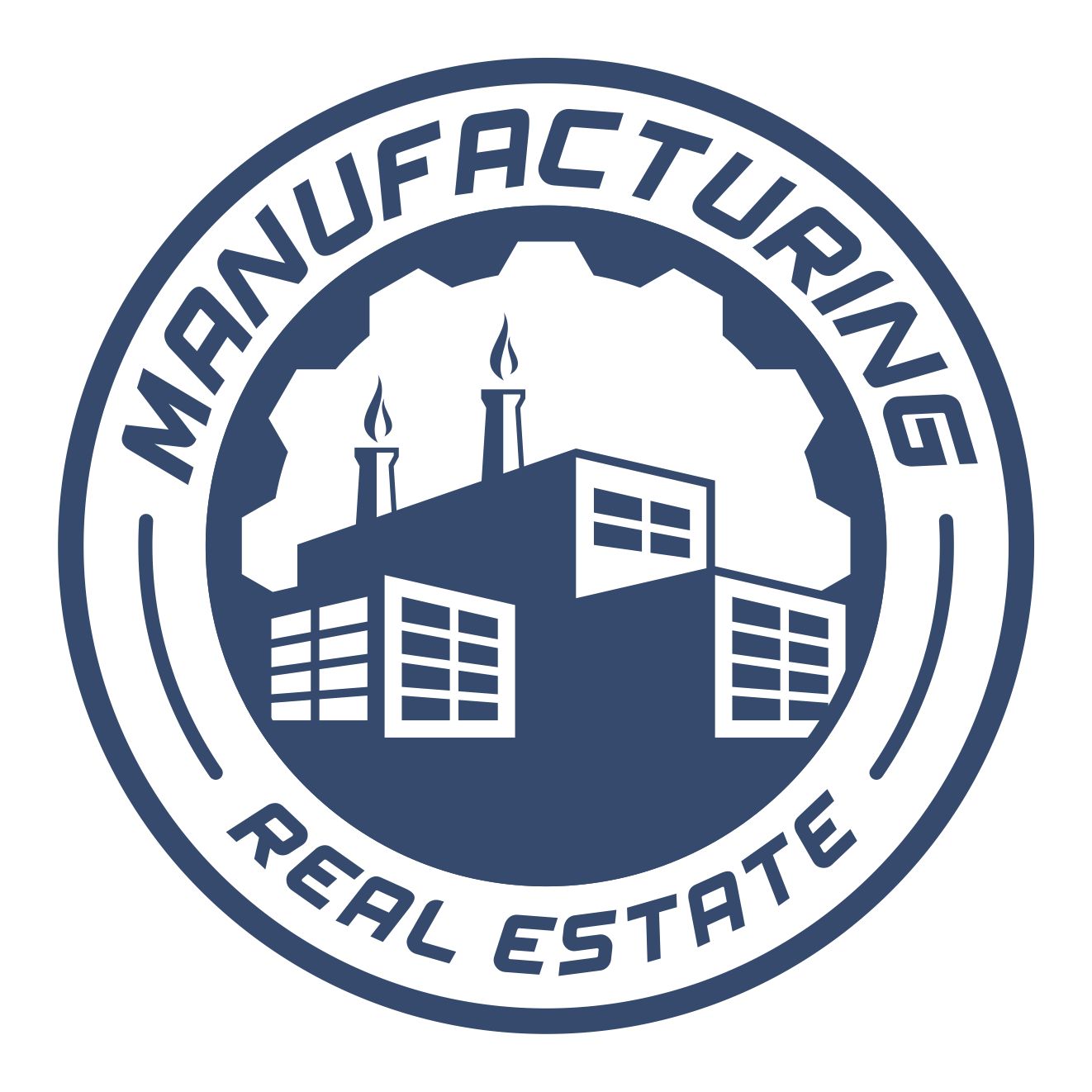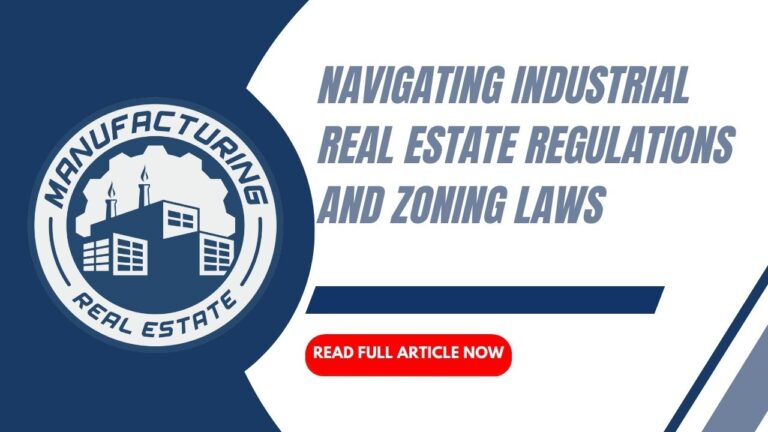The rise of e-commerce has fundamentally transformed the retail landscape and had a profound impact on various industries, including industrial real estate. As consumers increasingly turn to online shopping, the demand for efficient logistics and distribution centers has skyrocketed. In this blog post, we will explore the impact of e-commerce on industrial real estate demand and discuss the key factors driving this shift.
- Increased Need for Warehousing and Fulfillment Centers
E-commerce companies require extensive warehousing and fulfillment centers to store inventory, process orders, and facilitate efficient order fulfillment. Unlike traditional retail, where goods are stored in brick-and-mortar stores, e-commerce businesses rely on large-scale distribution centers strategically located near major population centers. This surge in demand for warehousing and fulfillment centers has driven the need for additional industrial real estate space, particularly in proximity to urban areas with high consumer density.
- Expansion of Last-Mile Delivery Networks
One of the defining characteristics of e-commerce is the expectation of fast and reliable delivery. To meet this demand, e-commerce companies have been expanding their last-mile delivery networks. Last-mile delivery refers to the final leg of the delivery process, from the distribution center to the customer’s doorstep. This expansion has led to increased demand for industrial real estate properties in urban areas or strategically located near urban centers, allowing for quicker and more efficient delivery to customers.
- Growth of Urban Logistics Facilities
The growth of e-commerce has fueled the need for urban logistics facilities, also known as “city warehouses” or “urban fulfillment centers.” These facilities are located in or near urban areas, enabling e-commerce companies to reduce delivery times and transportation costs by bringing inventory closer to the end consumers. Urban logistics facilities are typically smaller in size compared to traditional distribution centers but are strategically positioned to cater to densely populated urban markets.
- Adoption of Automation and Technology
To meet the demands of e-commerce operations, industrial real estate has seen a significant adoption of automation and technology. E-commerce companies are investing in robotics, conveyor systems, and other advanced technologies to optimize order fulfillment processes and increase operational efficiency. Industrial properties need to be equipped with the necessary infrastructure to support these automation technologies, including high ceilings, ample floor space, and specialized electrical and data connectivity.
- Shift in Property Requirements
E-commerce has brought about a shift in the requirements for industrial real estate properties. Traditional retail spaces, such as shopping malls and storefronts, are less in demand, while large-scale distribution centers, fulfillment centers, and urban logistics facilities are in high demand. Industrial properties need to be adaptable and flexible to accommodate the changing needs of e-commerce businesses, including higher ceilings for vertical storage, ample parking space for delivery vehicles, and proximity to transportation networks.
- Increased Competition and Rising Rental Rates
The surge in demand for industrial real estate driven by e-commerce has led to increased competition among businesses looking for suitable properties. As a result, rental rates for industrial spaces have been on the rise. Landlords and property owners have been able to capitalize on the growing demand by adjusting rental rates and lease terms. This increase in rental rates has prompted businesses to be more strategic in their location selection and consider factors such as transportation access, proximity to major population centers, and availability of skilled labor.
- Impact on Traditional Retail Real Estate
The growth of e-commerce has had a significant impact on traditional retail real estate. As consumers shift their shopping habits to online platforms, traditional brick-and-mortar retailers have faced challenges and, in some cases, closures. This has resulted in a surplus of retail real estate properties that are being repurposed for industrial use. Many vacant shopping malls, retail centers, and storefronts have been converted into distribution centers or fulfillment centers to meet the increasing demand for e-commerce logistics.
The rise of e-commerce has revolutionized the retail industry and, in turn, has had a significant impact on industrial real estate demand. The need for extensive warehousing and fulfillment centers, the expansion of last-mile delivery networks, the growth of urban logistics facilities, the adoption of automation and technology, the shift in property requirements, increased competition, rising rental rates, and the impact on traditional retail real estate are all factors that contribute to the changing landscape of industrial real estate. As e-commerce continues to thrive and evolve, the demand for industrial real estate will continue to rise, and stakeholders in the industry must adapt to meet the changing needs of e-commerce businesses.




